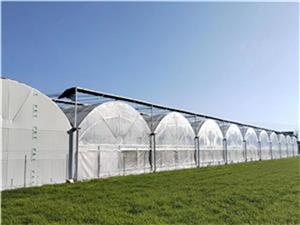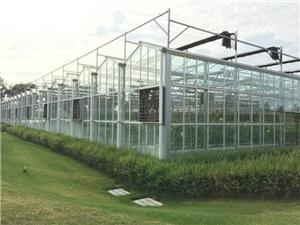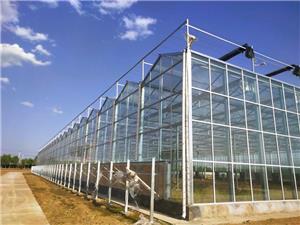The best glass greenhouse structure for promoting plant growth
When it comes to effective plant cultivation, glass greenhouses have become the preferred choice for both amateur gardeners and professional horticulturists. These structures are not only aesthetically pleasing but also create an ideal microclimate for plant growth. The transparent nature of glass allows for maximum absorption of sunlight, which is crucial for photosynthesis and the overall life of the plants.
When it comes to effective plant cultivation, glass greenhouses have become the preferred choice for both amateur gardeners and professional horticulturists. These structures are not only aesthetically pleasing but also create an ideal microclimate for plant growth. The transparent nature of glass allows for maximum sunlight absorption, which is crucial for photosynthesis and the overall vitality of the plants. This article will delve into the characteristics and advantages of glass greenhouse structures specifically designed for planting.
One of the main advantages of glass greenhouses is the ability to provide the best lighting conditions. Unlike other materials, glass does not filter sunlight, allowing plants to obtain the full spectrum of light necessary for growth. This characteristic is particularly important in winter when natural light is limited. Glass greenhouses help extend the growing season of plants, enabling gardeners to start planting earlier in spring and continue harvesting in autumn.
In addition, glass greenhouses have excellent insulation properties, which can regulate temperature. Many modern designs are equipped with double-layer glass panels, which can lock in heat and keep the interior warm even in cold months. This temperature control is crucial for plant health, especially for heat-loving plants that thrive in warm environments. Moreover, many greenhouse structures are equipped with ventilation systems to promote air circulation, prevent overheating, and maintain a balanced climate.
Another important aspect of glass greenhouses is their durability. Unlike plastic alternatives, glass has the property of resisting ultraviolet degradation, meaning it can maintain its transparency and structural integrity for many years. This long lifespan means that gardeners can make more sustainable choices because less glass needs to be replaced over time. Additionally, glass is easy to clean, which helps reduce the growth of algae and pests, maintaining a healthy growing environment.
When choosing a glass greenhouse structure, be sure to consider the specific needs of the plants you want to grow. Size, design, and orientation factors will significantly affect the efficiency of the greenhouse. For example, a greenhouse facing south absorbs more sunlight throughout the day than one facing north. Moreover, adding features such as automatic shading systems or heat storage elements (such as stones or buckets) can further improve growing conditions.
In conclusion, suitable glass greenhouse structures have numerous advantages and are an excellent investment for anyone serious about gardening. These greenhouses can maximize sunlight utilization, regulate temperature, and have good durability, creating a thriving environment for various plants. When considering gardening plans, exploring glass greenhouses might provide you with the perfect solution for obtaining healthy and bountiful crops.




